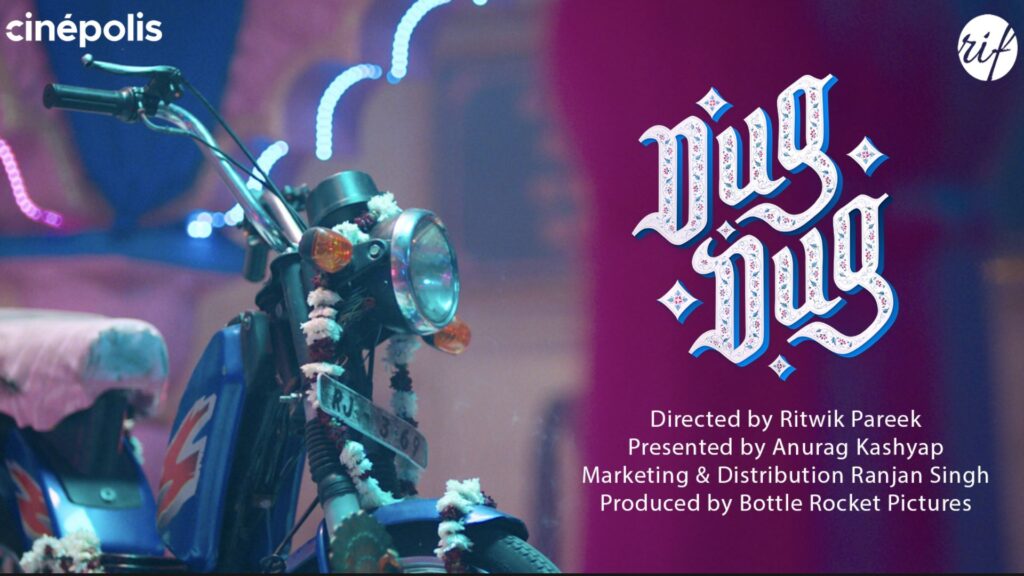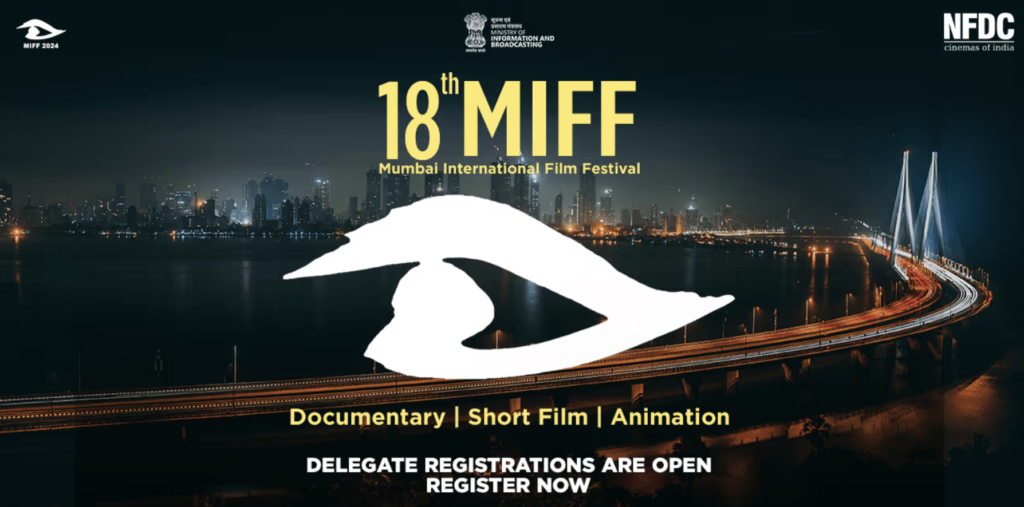In 2025, making a short film isn’t just about rolling a camera – it’s a blood sport in a sandbox built by capitalism, clout, and code. From the first keystroke on a pitch deck to the sound of applause (or existential silence) at a niche festival in Rotterdam or a Discord film club screening, the short film journey today isn’t a sprint – it’s a full-blown gladiator match in the Colosseum of content. This ain’t Sundance 2001 where you could show up with DV tape and a dream. Now you need pitch decks laced with data, an IP angle, a strategic festival route, an ethical clause, a queer-coded subtext, and – if you’re lucky – one NFT-collecting exec who believes in “new-age storytelling”. The modern short filmmaker is part storyteller, part start-up founder, part influencer, part trauma-dispenser. Why? Because in the TikTok-tinted algorithm warzone of 2025, emotion has to be exportable, theme has to be SEO-optimised, and your characters better be non-binary, morally conflicted, and wearing thrifted Balenciaga. The trivia? Most don’t know this: over 68% of short films selected for major festivals in 2024 were actually edited on mobile devices, especially CapCut Pro’s premium edition that offers “narrative flow AI” (yes, real thing), which helps restructure scenes based on emotional arcs mined from Cannes winners. That’s not art. That’s data storytelling with a soul tax. Also, the Cannes Cinéfondation jury now uses a hybrid scoring system where emotional resonance is rated by a neurofeedback scanner on test viewers.
We’re living in an era where the soul of your short might be validated by a heat map of someone’s brain. The system is smart, yes, but almost too smart – so much so that originality now feels focus-grouped. Even the “raw” short films come curated, workshopped, and packaged like trauma vending machines. Still, despite the overproduction and performative politics, some shorts cut through. Like Only, If It Rains, a 2025 short that broke at SXSW not just for its story but because it used actual rain data from 1997 Kolkata to time its emotional beats – yeah, hyper-specific. That’s what this game is now. Filmmaking as precision surgery, calibrated for viral potential. From the fonts on your deck to the screen where your credits roll, every pixel is political. And the scariest part? The line between real indie and AI-assisted storytelling is now so blurry, even jury members admit to being duped. So what does it take to make a short film in 2025? Guts. Grit. Google Sheets. And maybe just one divine glitch in the system.
Making a short film isn’t just about storytelling anymore – it’s about surviving a gauntlet of pitch-perfect performativity, algorithmic roulette, and aesthetic hyper-consciousness, and yet somehow emerging with a story that still has a soul. The pipeline from pitch deck to premiere now resembles a high-stakes heist – Ocean’s Eleven, but makes it Google Drive folders and LinkedIn DMs. Filmmakers are no longer just creators, they’re brand strategists, AI ethicists, trauma curators, and part-time social justice consultants. The pitch deck is no longer a vibe check – it’s a spreadsheet-coded seduction. Fonts like “Editorial New” or “Space Grotesk” have become the Helvetica of the indie scene, not because they look good, but because, according to FestivalFormula’s 2025 breakdown, those fonts statistically appear more “serious” to BFI and Berlinale readers. We’ve reached the stage where typeface equals vibe currency. But even before a single frame is shot, the filmmaker has already answered 14 grant questions on intersectionality, submitted a 3-slide deck on “carbon offsets during production”, and uploaded a mood reel that lowkey looks like a Glossier ad if it was directed by Tarkovsky.
Short film in 2025 is genre-fluid, budget-conscious, and heavily meta. Most students now shoot on iPhones – but not just any iPhone – it’s the iPhone 16 Pro’s ‘CineMimic’ mode, which mimics the lens flares of 1970s Panavision. That mode was secretly developed after Apple engineers studied the cinematography breakdown of The Last Picture Show (1971), mapping its film grain to machine learning algorithms. That’s how deep it goes. And still, we’re living in the age of narrative feedback loops – where your trauma gets dissected on Discord servers, then recontextualised through memes and TikToks, then lands in a 10-minute short about queer grief in a flooded future Mumbai. So short films have gotten smarter. But here’s the catch: many of them now feel like they’ve been generated in a lab, emotionally engineered for applause.
Take the 2025 SXSW Audience Award winner Still Breathing: haunting, gorgeous, devastating. But also somewhere felt like it was written with an “Oscar Bait Template” AI. Too perfect, too wounded, too structured. Authenticity has become a performance. Even casting is strategic now – there’s an uptick in casting “neurodivergent-presenting” actors not for authentic rep, but for appeal metrics. That’s not rep, that’s repploitation. And, accessibility boomed. There’s SubFlix, a new app that helps short filmmakers auto-subtitle in 92 languages using voice sentiment detection. But even accessibility is turning performative – some films release with intentional subtitle errors just to get picked up by “aesthetic glitch” TikTok. That’s not democratizing cinema, that’s gamifying it. The academic selves in us should also clock this: the average runtime of short films submitted to Tribeca in 2025 is now 13:37 minutes. Why? Because 13:37 is “leet” in gamer speak – a hidden Easter egg that indie bros are using as a flex for “hacker cinema”. It’s this whole underground thing now.
While the technology happens to be evolving, the themes are beginning to blur. Everyone’s making stories about climate anxiety, queer longing, AI collapse, immigrant trauma, or post-capitalist solitude – and while all of it matters, it’s starting to feel like an aestheticised pain on loop. There’s a saturation of what critics call “sadcore cinema” – films that live between poetry and breakdown, beautiful but emotionally manipulative. Like Where Do We Go When We Vanish, a haunting Filipino short that used actual archived weather reports from Typhoon Haiyan to time its emotional beats – but still, its plot was basically The Whale meets Euphoria, with underwater monologues. Cinema has evolved, but it’s become hyper-aware of its own consumption. Premiere platforms like Nowness, Omeleto, and Alter now use neurofeedback stats to show how long users watched a short before they clicked away. In response, some filmmakers front-load their best shot in the first 12 seconds to pass the “dopamine gate” – a psychological metric used to gauge viewer retention.
What even is cinema anymore if it’s trying to beat attention spans instead of telling stories? Even festival Q&As have changed. Directors now get asked about “algorithmic resilience” and “emotional throughput”, not their vision. But amidst this techno-chaos, there are rebels. DIY filmmakers are resurrecting Super 8mm and MiniDV – not for nostalgia, but for what they call “latency cinema”, where the glitches become part of the narrative rhythm. There’s even a micro-genre now called Glitch Gothic, pioneered by South Korean filmmaker Yun-Ji Lee, who hand-distorts digital footage using cracked Nvidia GPUs to create what she calls “visual hauntings”. That’s the kind of stuff that doesn’t just tell a story – it haunts your hard drive. But again, even rebellion is becoming trend-coded.
In 2025, the biggest underground short film didn’t even screen anywhere. It was distributed as an encrypted file via a private subreddit and could only be watched after solving a riddle hidden in the source code of an abandoned Vine account. It was called 404.mp4, and it was a short about disappearing from the internet entirely – a perfect commentary on visibility vs. erasure in the attention economy. That’s not just cinema. That’s digital myth-making. Studios are now trying to acquire the rights to 404.mp4 for a feature adaptation. That’s where we are. So, a short film in 2025 is made, layered. It’s both the most democratic and the most surveilled art form. Everyone has access. Everyone’s watched. Everyone’s tired. And in between the NFT-funded shorts, trauma-core pitches, and AI-curated colour grades, the only question that really matters now is: when was the last time a short film made you feel something instead of just applaud its ambition?
In a world where attention spans are shrinking and storytelling is being force-fed through algorithmic filters, the short film in 2025 has become both a miracle and a misfire – an artistic paradox that thrives on contradiction. It is not just a medium for expression anymore; it is a genre, an industry, a survival mechanism, and sometimes, a desperate plea for relevance. And in this very moment of cinematic evolution, the short film finds itself entangled in a system that simultaneously uplifts and exploits it. The purity of raw storytelling is increasingly contaminated by aesthetics engineered to perform well on festival circuits, by stories tailored to fit trauma templates, and by visuals edited for social media virality over emotional resonance. What was once a playground for experimentation has morphed into a strategic chessboard, where every move – every shot, every sound cue, every casting choice – is meticulously calculated for reach, not risk. And that is the fundamental tragedy of short filmmaking in 2025: it is so hyper-aware of its own commodification that authenticity often becomes a ghost in its own narrative machine.
While tech has undeniably opened doors and democratized tools, it has also flattened originality, feeding creatives the illusion of freedom while chaining them to metrics, trends, and aesthetic algorithms. The form’s evolution is undeniable – its accessibility, its innovation, even its global reach – but at what cost? If everything is curated, coded, and performative, then where does real storytelling live anymore? The strongest opinion here is this: unless short films return to discomfort, risk, and unfiltered emotional mess, they will become products, not art. And if that happens, we won’t be watching cinema – we’ll be watching content with a god complex.


